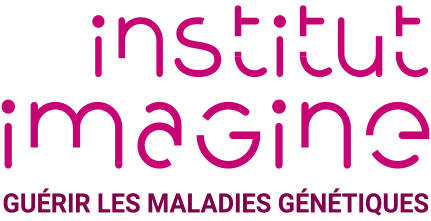Presentation
Marine is a study engineer in the team of Mickaël Ménager.
She started working in September 2012 at Curie Institute as an assistant engineer in the team of Alain Nicolas "Recombination and Genetic Instability". She helped a doctoral student to study the mechanisms of meiotic recombination in yeast for a year. Then she worked for four years at Cochin Institute as a study engineer in the "Functional pharmacology and physiopathology of membrane receptors" team of Ralf Jockers. Her first project was to study the interaction between GPR50 and Nogo-A, a neuronal growth inhibitor. Then she worked on a project on Alzheimer's disease by studying the aggregation of Tau and Abeta proteins.
Since September 2017, Marine works under the direction of Mickaël Ménager on the understanding of the molecular mechanisms in the inflammatory response and the production of interferon. She brings her technical expertise on the TSPAN7 and CLOCK projects in collaboration with a postdoctoral fellow (Brieuc Pérot) and a doctoral student (Victor Garcia). She is also working on the protein HIF1A, a regulator of the metabolic switch in order to study its impact on the inflammatory response.
She helped set up the emerging Single Cell technology of 10X Genomics within the institute and is now the reference person for the preparation of the various libraries (scRNA-seq, scATAC-seq, CITE-seq, Spatial Transcriptomic) for the team and their various collaborators. Thanks to this technique, she works on auto-inflammatory diseases in order to study them at the transcriptomic level and better characterize them.
Resources & publications
-
 2020Journal (source)J. Bone Miner. Res.
2020Journal (source)J. Bone Miner. Res.Fgfr3 Is a Positive Regulator of Osteoblast Expansion and Differentiation Dur...
-
 Journal (source)Front Cell Infect Microbiol
Journal (source)Front Cell Infect MicrobiolDendritic Cell Maturation Regulates TSPAN7 Function in HIV-1 Transfer to CD4+...
-
 2020Journal (source)Cell Rep
2020Journal (source)Cell RepA Comprehensive Map of the Monocyte-Derived Dendritic Cell Transcriptional Ne...
-
 2021Journal (source)Med (N Y)
2021Journal (source)Med (N Y)A monocyte/dendritic cell molecular signature of SARS-CoV-2-related multisyst...

